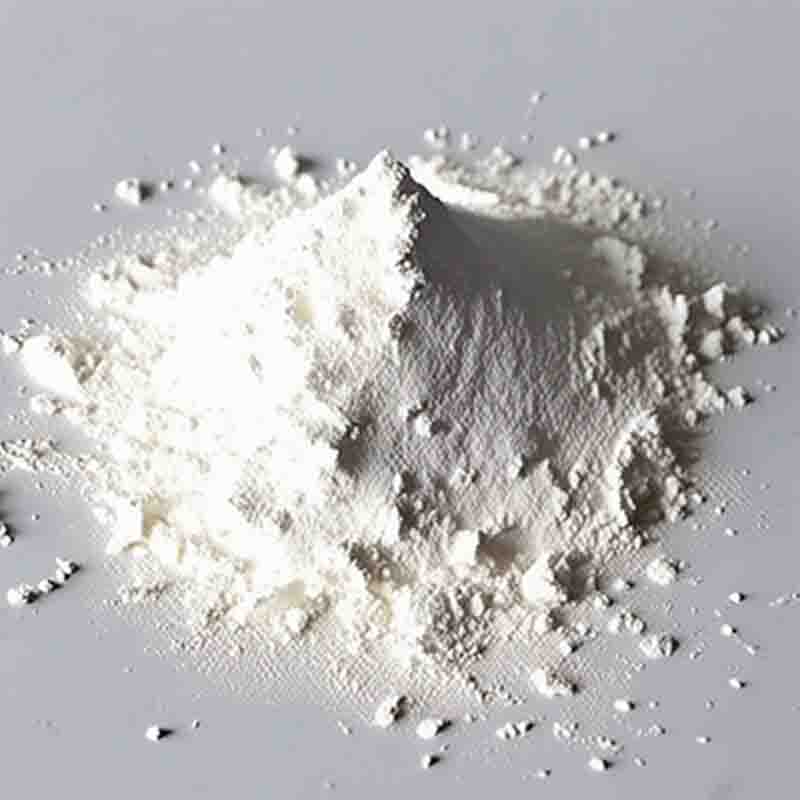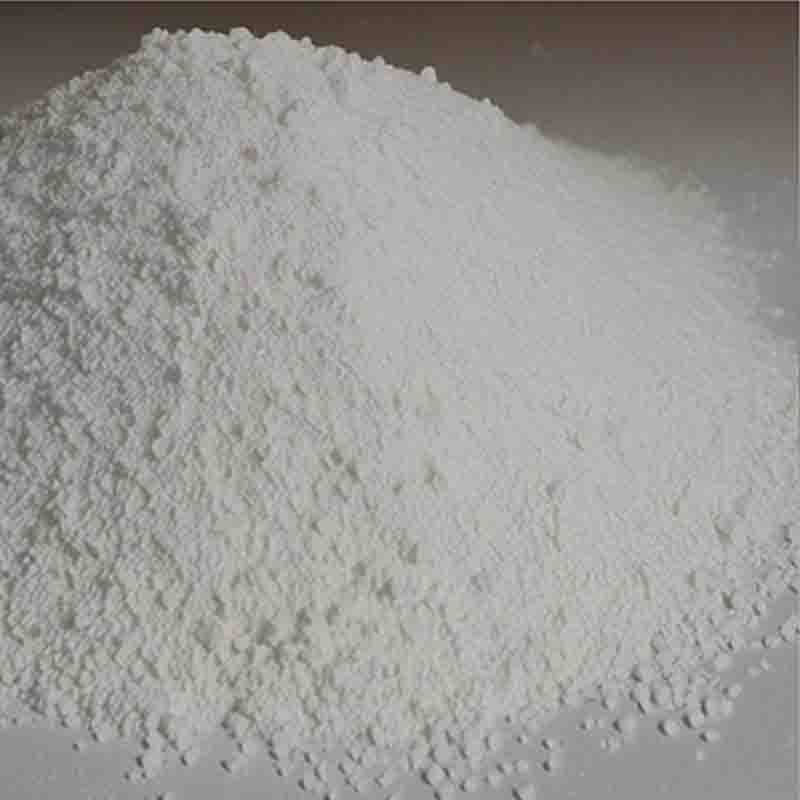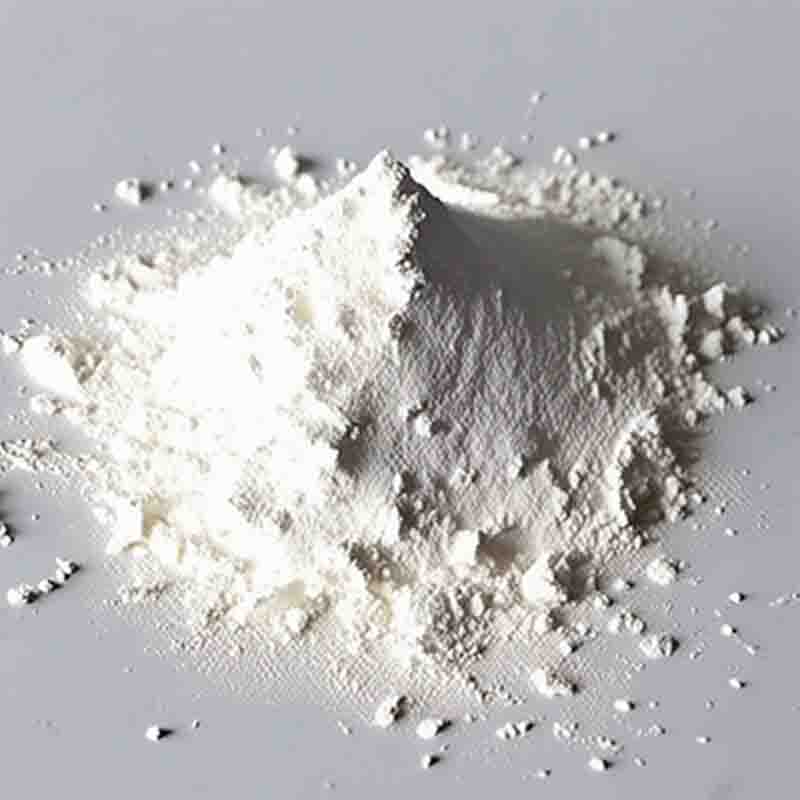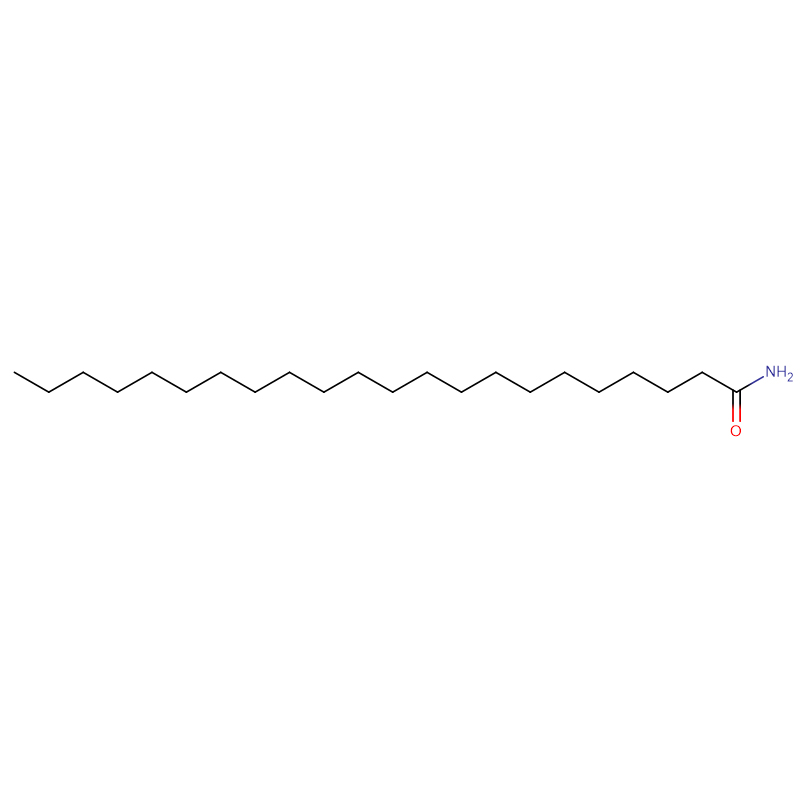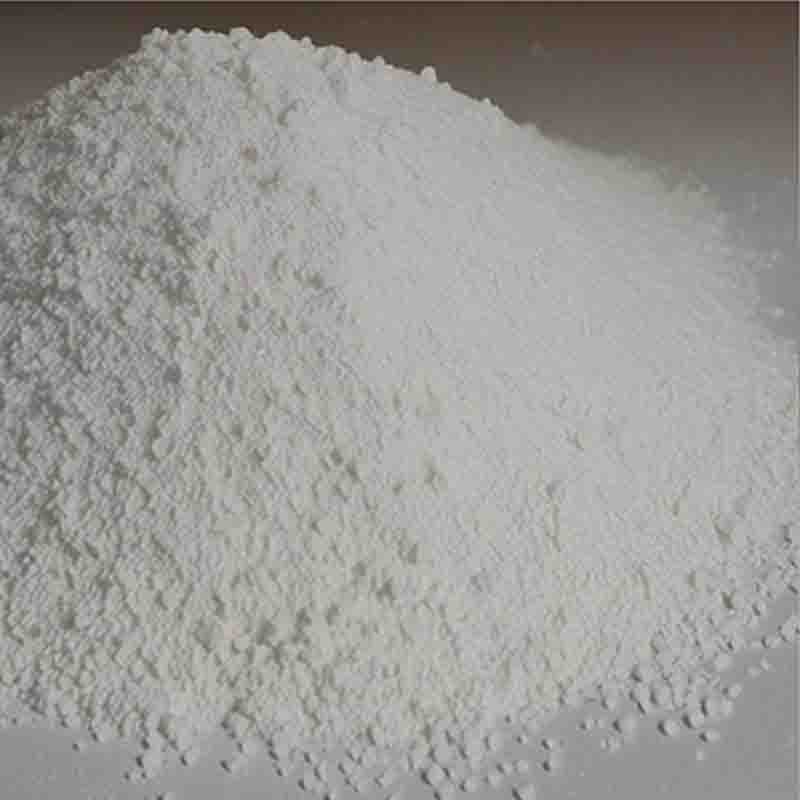Poly(allylamine hydrochloride) CAS: 71550-12-4
| Catalog Number | XD94174 |
| Product Name | Poly(allylamine hydrochloride) |
| CAS | 71550-12-4 |
| Molecular Formula | C3H8ClN |
| Molecular Weight | 93.55 |
| Storage Details | Ambient |
Product Specification
| Appearance | White powder |
| Assay | 99% min |
Poly(allylamine hydrochloride) (PAH) is a polymer that is derived from the monomer allylamine hydrochloride. It is a cationic polymer that has a wide range of applications due to its unique properties.One significant use of PAH is in the field of biomedicine. It is commonly employed in drug delivery systems, where it acts as a carrier for various drugs. The cationic nature of PAH allows it to complex with negatively charged drugs, forming stable complexes that can enhance drug solubility and bioavailability. Moreover, PAH is often utilized as a coating material for nanoparticles, improving their stability and enabling controlled release of drugs.PAH also finds applications in gene delivery. Its positive charge enables it to effectively bind and compact genetic material, improving its stability and protecting it from degradation. This makes PAH an excellent candidate for use in gene therapy and DNA vaccines.In the field of biomaterials, PAH is used for surface modification of various materials. Its cationic nature allows it to adhere to negatively charged surfaces, improving biocompatibility and promoting cell adhesion. This makes it valuable for applications such as tissue engineering and regenerative medicine.PAH is widely employed in sensor technology. Its ability to interact with biological molecules through electrostatic interactions makes it suitable for the development of biosensors. These sensors can be used to detect various analytes, including proteins, enzymes, and nucleic acids, with high sensitivity and specificity.Furthermore, PAH has antimicrobial properties, making it useful in the development of antimicrobial coatings and materials. Its cationic charge enables it to interact with the negatively charged bacterial cell wall, disrupting the cell membrane and inhibiting microbial growth.In addition to these applications, PAH is also used in analytical chemistry for the separation and purification of biomolecules, as well as in wastewater treatment for the removal of dyes and heavy metals.Overall, poly(allylamine hydrochloride) is a versatile polymer with applications in drug delivery, gene therapy, biomaterials, sensor technology, antimicrobial coatings, and wastewater treatment. Its unique properties make it a valuable tool in various scientific and technological fields.




